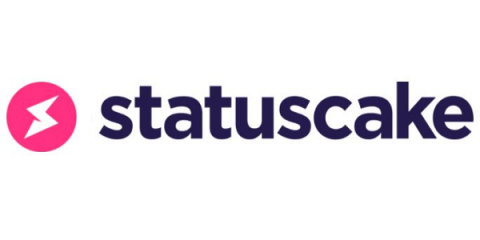What happened to Fastly and why did so many websites experience downtime?
A phrase we never thought was possible – “the internet is down”, was being shouted across the world on Tuesday 8th June 2021. Alarm bells were ringing when hundreds of websites had an “error 503” show up when visitors tried to access them. So what happened to the internet? A relatively unknown company soon dominated global news headlines for causing the websites’ “blackout”.


